Design features
Wall painting in the interior differs both in appearance and in materials. But these walls have something in common:
- Drawing on the wall to order is not a cheap pleasure, but it will remain in the apartment for a long time - therefore, you need to be extremely careful when choosing an image.
- With the help of visual tricks, you can visually change the geometry of a room - make it taller, wider or more spacious.
- The value of artistic wall painting is in its uniqueness, so you shouldn't overdo it with the number of interior paintings and their sizes. Designers recommend decorating at most one side or part of it.
- Wall decoration should be appropriate - cartoon characters and fairy tales in the nursery, still lifes in the kitchen, landscapes in the living room.
Modern types and techniques
Today, there are several options for painting walls - various materials, tools and techniques are used for them.
Airbrushing
The main tool of the artist is the airbrush. With the help of an air brush, a professional can quickly and easily create real masterpieces that are striking in their realism.
When using this method, it is easy to get a smooth surface and smooth color transitions without smudges and streaks. It is possible to paint any motives with a spray gun: from stylish abstractions and panoramas, to portraits in the smallest detail.
The only drawback of modern wall painting in the interior is the high cost.
Fresco
The first mention of wet stucco murals dates back to the 15th century, but they remain popular to this day.
One of the main advantages of the finished frescoes is durability, because if the samples of the 16-18 centuries have been preserved to this day, then in the apartment such an artistic image will definitely survive more than one repair.
Today, when painting walls in the interior in this technique, they copy both the painting that is popular today, and create an imitation of old images. The second is especially in demand in classic interiors - thanks to patting, the feeling is created that the picture was created several tens, or even hundreds of years ago.
Painting with fluorescent paints
Glow-in-the-dark paints open up possibilities for a flight of imagination. Their peculiarity is that in the daytime the image looks like a simple wall painting with the most common paints, and in the dark or ultraviolet radiation, the drawing begins to glow. When choosing this option for painting walls in an apartment, be prepared to transform the room in the dark.
An unusual idea for wall painting is to apply the image with special invisible fluorescent paint. Then during the day the picture will not be visible at all, and in the evening it will "turn on". One of the popular uses for invisible paints is the starry sky on the ceiling.
In the photo, an image created with fluorescent paints
Painted with acrylic paints
The most versatile material for painting walls in the interior is acrylic paints. They have gained popularity both among professional artists and among ordinary people, quite deservedly.The paints are odorless, easy to apply, dry quickly, do not fade in the sun even without protective varnish and are suitable for all types of surfaces.
Acrylic is suitable for all rooms in the interior - it is environmentally friendly (which is especially good for a nursery), waterproof (after drying, a protective film forms - this will allow the paint to be used in the bathroom and in the kitchen).
Thanks to the wide possibilities of tinting, such wall painting in the interior can look completely different: from pastel landscapes resembling frescoes to acid graffiti.
Volumetric painting
Such an interesting wall painting is used when it is necessary to expand or change the space. Three-dimensional painting is understood as two options:
- 3D drawing... A kind of illusion of the continuation of the room. For these purposes, they often depict a landscape, a window with a beautiful view, a terrace, a bridge across the river - see the photo below for an original example.
- Embossed decor... The image is applied in several layers and seems to come out of the wall, this adds volume to the whole room. Landscapes and animals in this technique seem absolutely realistic.
Any of the technologies requires certain skills in execution, so do not try to do everything yourself - use the help of a professional. Hence, the main disadvantage of volumetric painting follows - the high price.
Pictured is a 3D mural of walls
Using stencils
If you plan to paint the walls in the interior yourself, but you do not have the skills, use a stencil. Most often they are made in the form of various patterns and ornaments, repeating which you can easily paint over the entire wall.
All that is needed for successful artistic painting is the stencil itself, paints (often available in the kit), a brush or roller, and your accuracy. Just apply the template to the prepared wall surface, paint it through, transfer it to another place - and so on until the end.
The advantage of this method is not only simplicity, but also in the final cost. Plus, you can use it to leave your mark on the walls.
In the photo, an example of applying an image using a stencil
How does the wall painting look in the rooms?
The type of wall painting in the interior primarily depends on the functionality of the room in which you are going to apply the technique. Consider the rules and ideas for each space.
Painting walls in the kitchen
However persistent the paints are, surfaces near the sink or stove should be avoided. Drops of water and fat, as well as temperature extremes will significantly shorten the life of the finished masterpiece. Most often, in the kitchen, they choose an area near the dining table or an apron outside the wet area.
In the photo there is an art painting of the walls in the dining area
The choice of the plot depends on your personal preference:
- a neutral landscape, panorama or abstraction will correct the geometry of the room;
- a still life, a view of a cafe or a restaurant dish will set the right atmosphere.
Pictured drawing with acrylic paints in the kitchen
Painting the walls in the bedroom
Whatever style the bedroom is decorated in, this room is primarily a place of recuperation. Therefore, there should not be any aggressive and bright arts - only gentle colors, smooth lines, neutral sketches.
The most suitable subjects are flora and fauna, calm landscapes (without waterfalls and elements), 3D panoramas.
If you still prefer more active paintings, place them behind the head of the bed and plan the arrangement of furniture so that nothing is reflected in the mirrors. Thus, you will see the fresco not before going to bed, but only after waking up.
In the photo, plant motifs behind the head of the bed
Painting the walls in the living room
The only room in which there are practically no restrictions on the choice of the plot is the hall. The main requirement is that the image must match the style and temperament of the entire interior.
The living room most often depicts a natural or city landscape, abstraction, a reproduction of a famous canvas, portraits of people.
Based on the style, choose as follows:
- blooming gardens and seascapes for a classic interior;
- black and white colors in abstraction go to minimalism and hi-tech;
- lavender fields are best suited to provence.
The photo shows an example of interior wall painting in the studio
In the children's room
When decorating a children's room, every adult has the right to become a child again and drop all the frames! Most often, the brightest colors and unusual stories are used here. Heroes of fairy tales and cartoons, magical forests and castles, favorite animals - these are not all options for a nursery.
For wall painting on wallpaper or plaster, use organic acrylic paints - unlike oil and any others, they are safe and environmentally friendly.
Examples in the hallway and corridor
The use of wall painting in the interior of the hallway will make this boring space much more interesting. Choose only one of the most visible sides and place on it an abstract canvas or a view of a city with streets.
Since the painting itself is an accent in the interior, in small rooms you should not use bright shades - a black and white range or even drawing in one color is possible.
In the photo, the drawing on the wall in the corridor
The choice of drawing and plot
We have already touched on the theme of the paintings and said that it should correspond to the room. Let's dwell on the choice of design in more detail.
Living room.
- Yes: abstraction with 3D effect, nature, city, portraits, geometry, graffiti.
- No: food, fairy tales.
Kitchen.
- Yes: food, ready meals, still lifes, kitchen utensils, photography of a cafe or restaurant.
- No: children's drawings, cartoon characters, dark tragic paintings.
Bedroom.
- Yes: landscapes, flowers, abstractions.
- No: scenes of aggression, animals, large portraits, raging elements, bright acidic paintings.
Cabinet.
- Yes: book covers or shelves with them, classic paintings, maps of countries or the world.
- No: children's stories on a bright background, food, flowers, animals, graffiti.
Bathroom.
- Yes: marine theme, landscape, flowers, abstraction.
- No: large images of people and animals, still life.
In the photo there is an artistic painting with the heroes of fairy tales
Based on the style of the interior, the following patterns can be distinguished:
- Modern. Abstract motives, large flowers, airbrushing, reproductions of paintings by contemporary artists will do.
- Classic. Painting on the wall in the form of a landscape, floral details, reproductions of classical paintings, ornaments is ideal.
- Oriental. Ornaments and arabesques, images of dragons, hieroglyphs, reproductions of Guohua's paintings will best reflect the directions.
- Provence. The main element of the decor is flowers. Roses, lavender, tulips.
- Art Deco. A geometric ornament, a repeating pattern or an image with an imitation of a marble texture will fit perfectly.
- Loft. If the image of brick or concrete seems boring, add graffiti.
- Eco. Wood texture works best, bamboo forest or beautiful field also looks amazing.
In the photo there is a designer wall painting with the image of birds
Photo gallery
Now you know all the basic rules for choosing a pattern and materials for painting - use one of the proposed drawing techniques to create a unique interior!

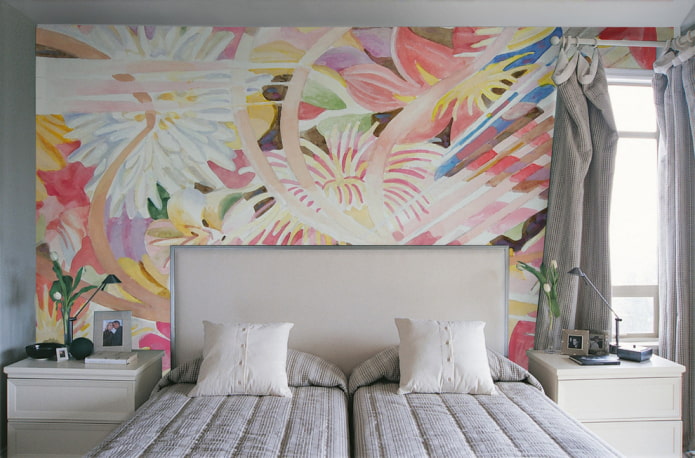
 10 practical tips for arranging a small kitchen in the country
10 practical tips for arranging a small kitchen in the country
 12 simple ideas for a small garden that will make it visually spacious
12 simple ideas for a small garden that will make it visually spacious
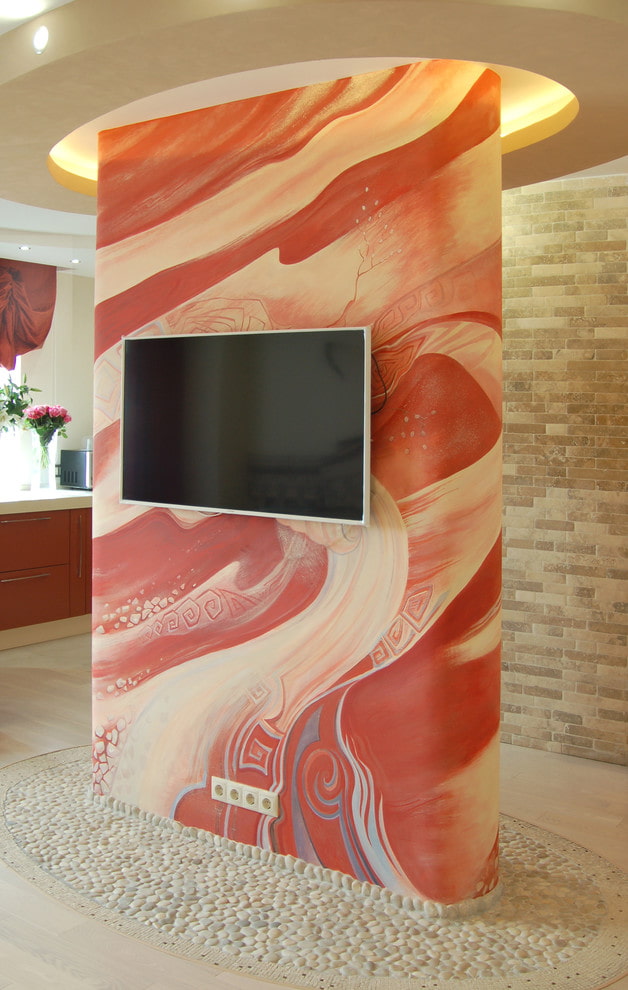
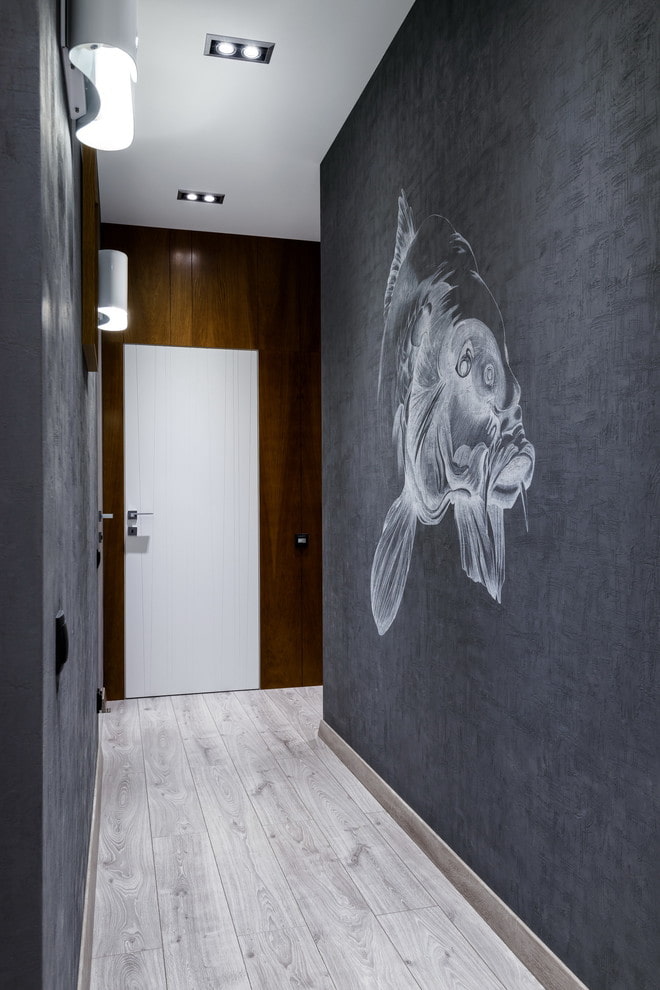
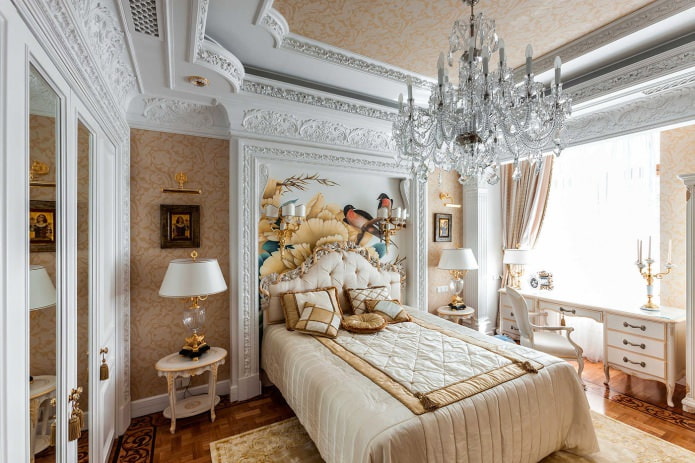
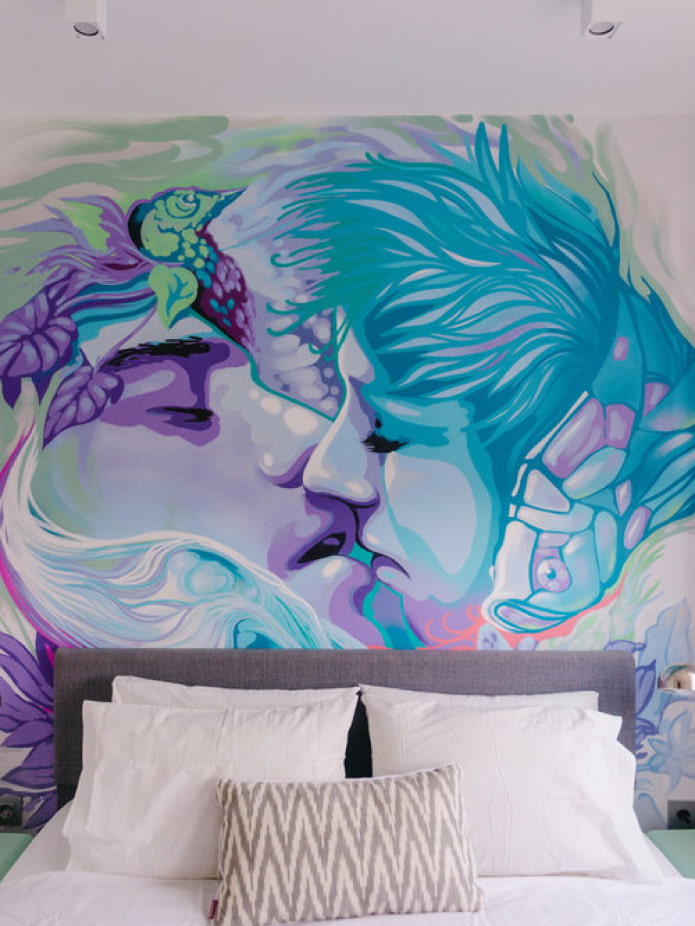
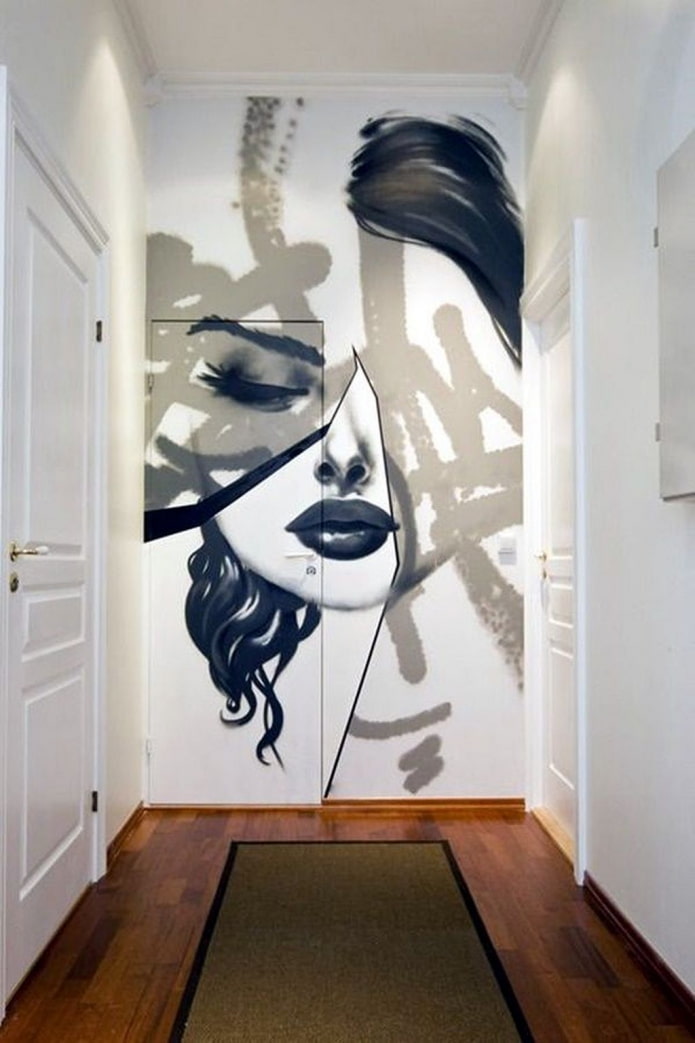

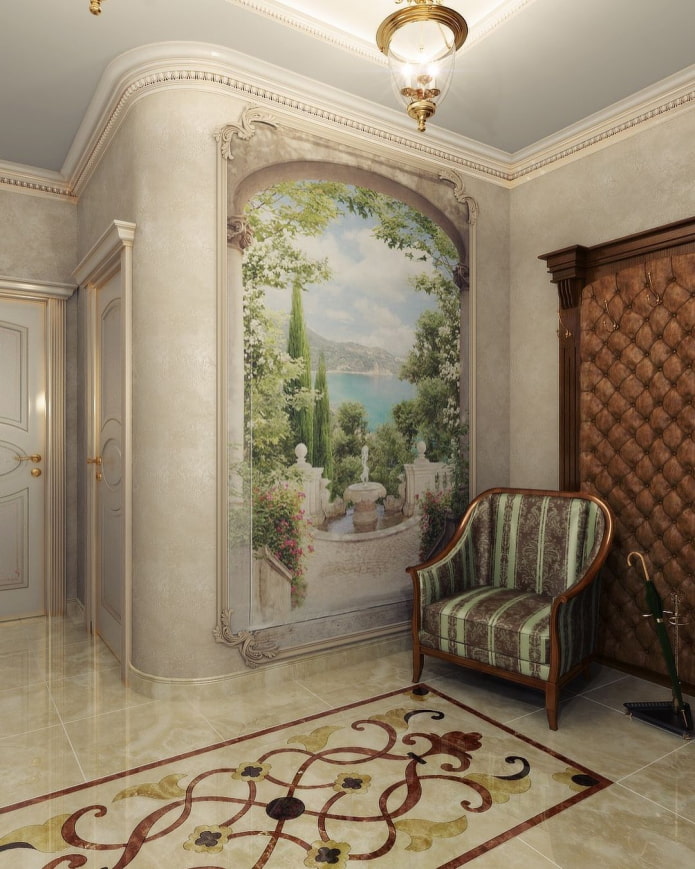
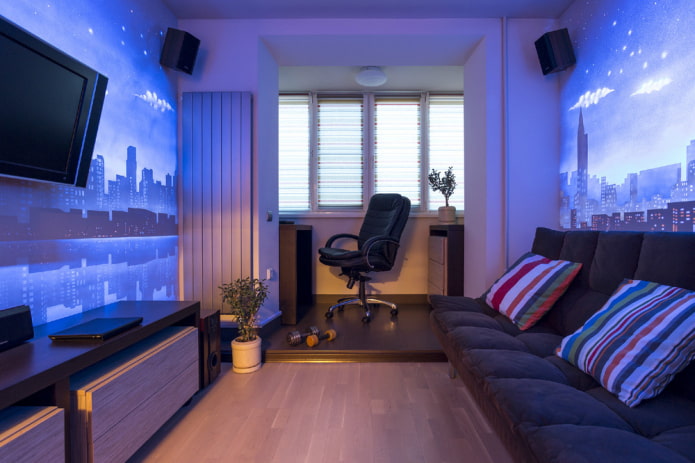
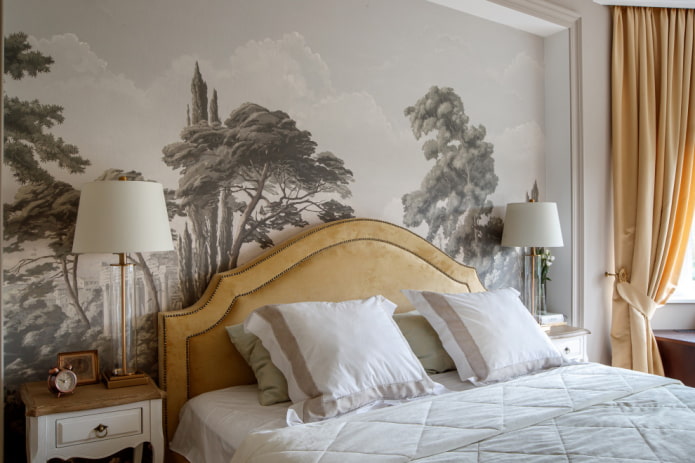

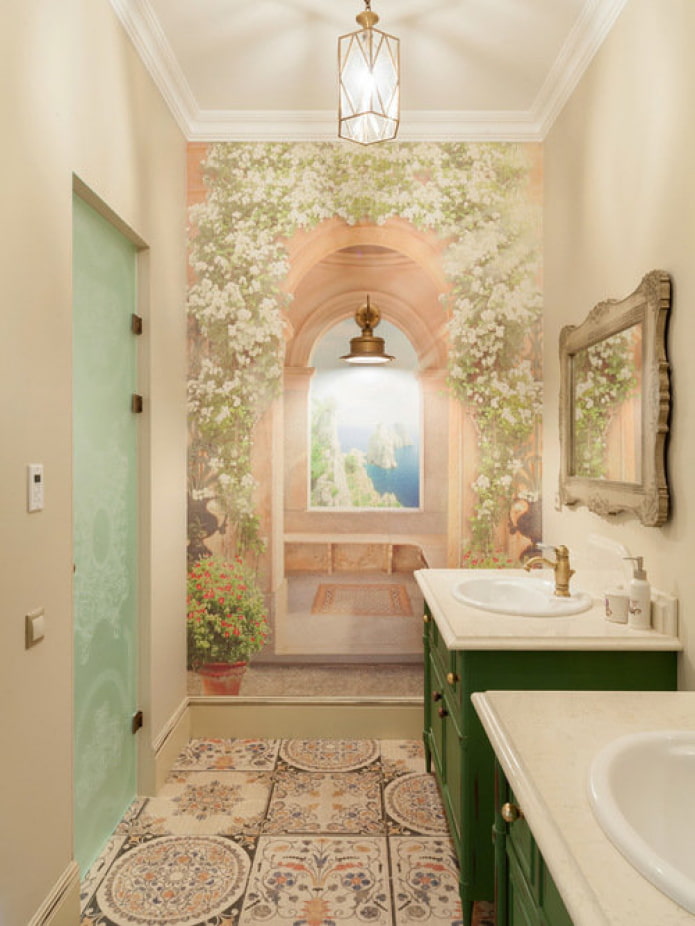


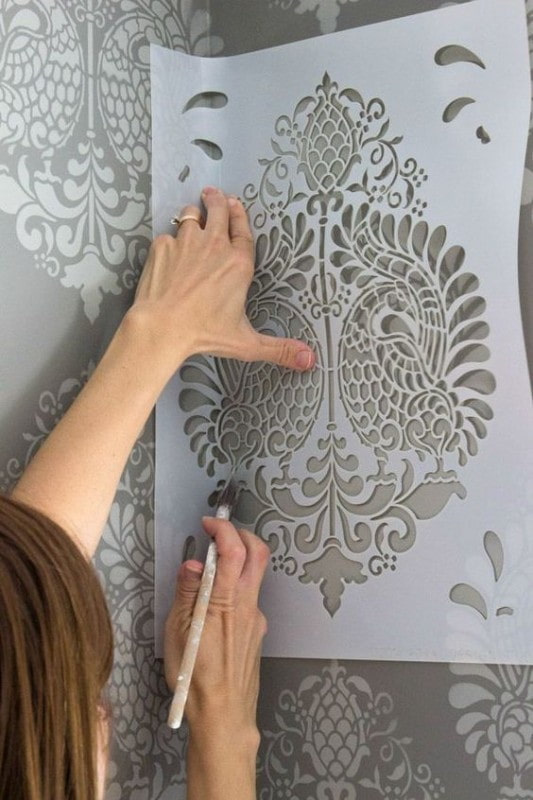
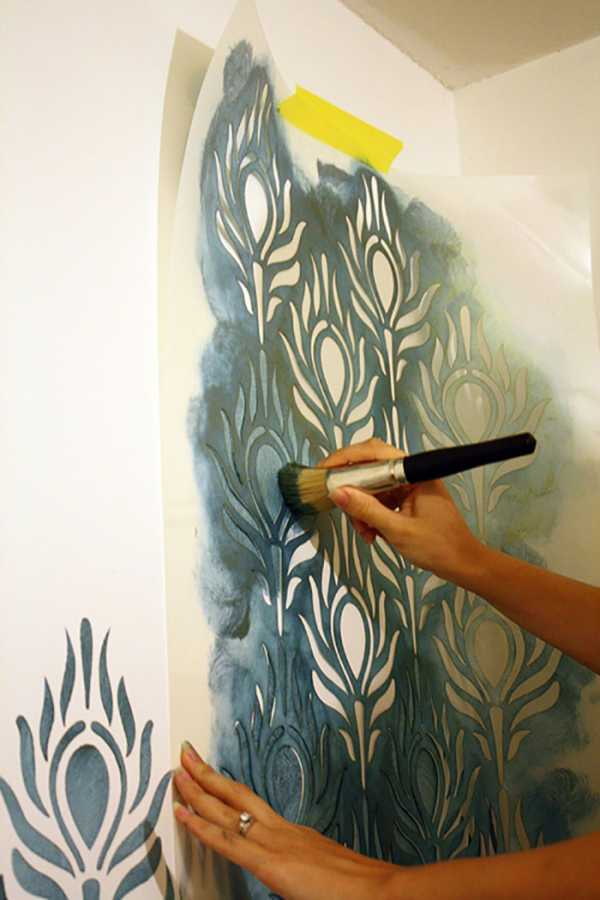

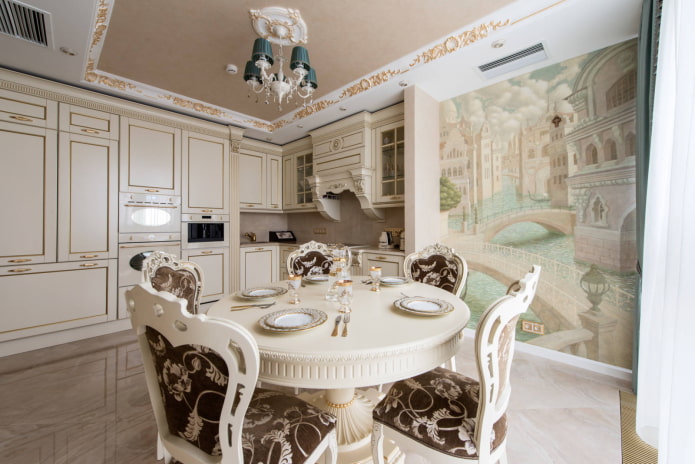


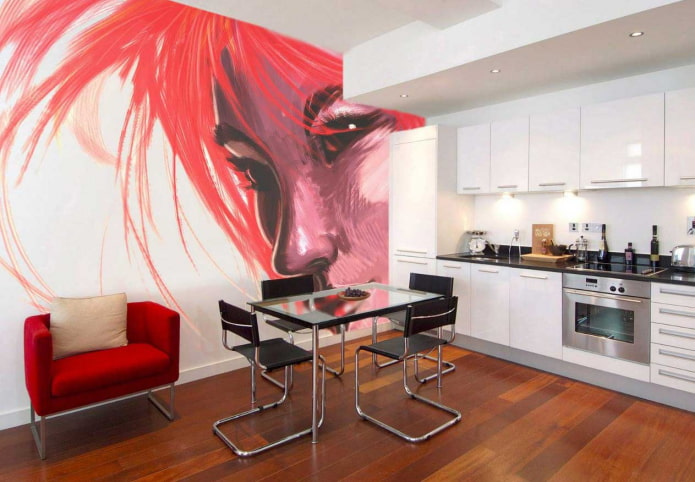
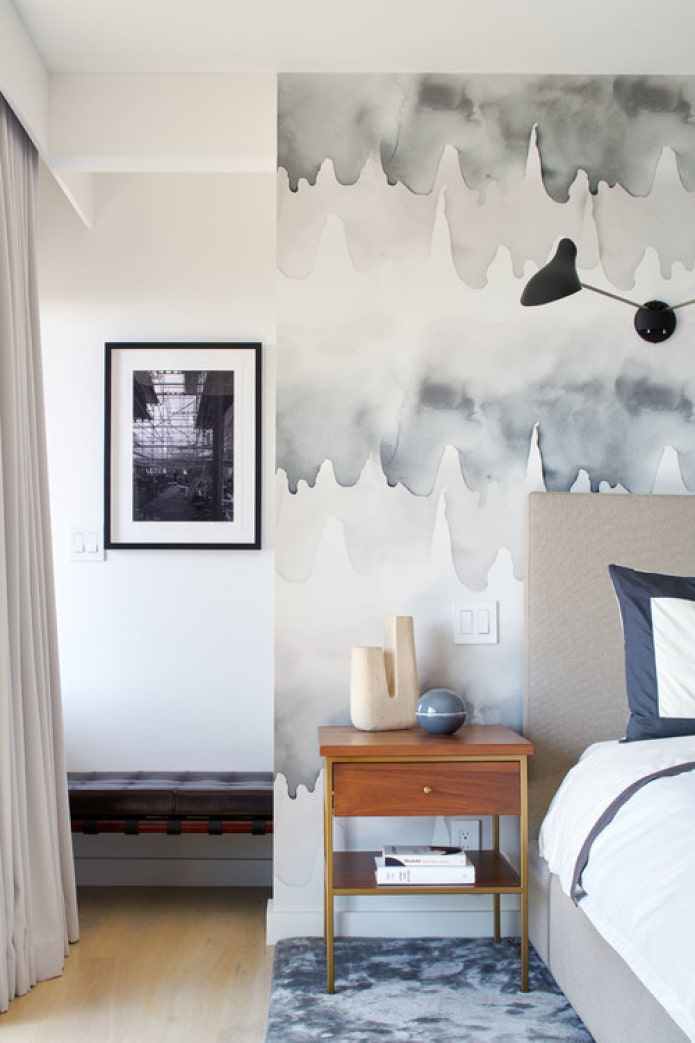
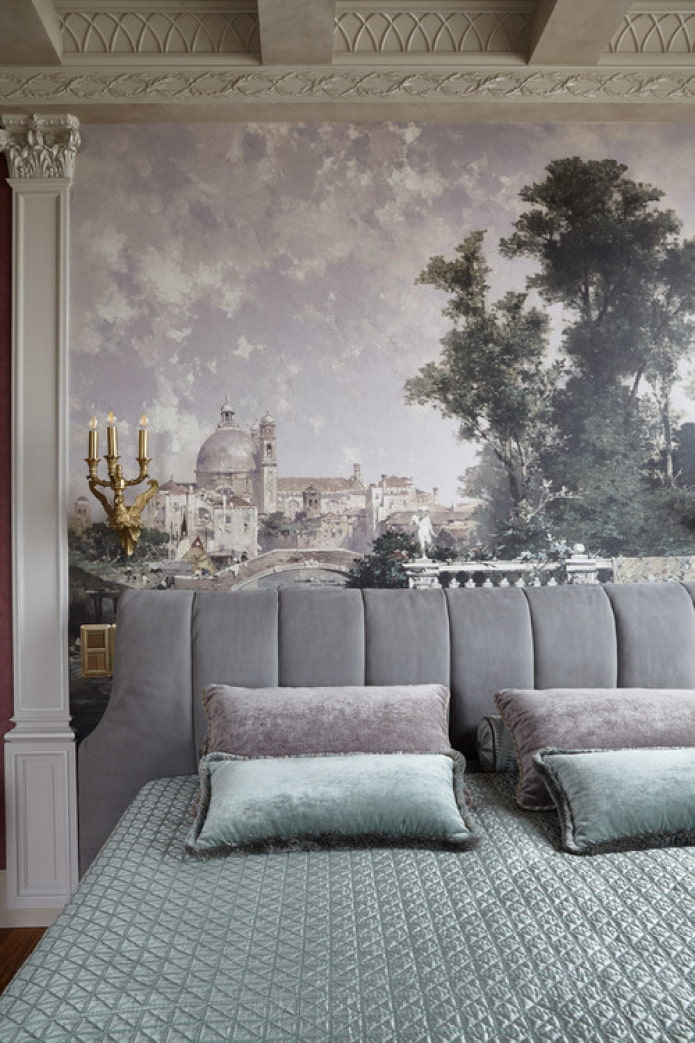
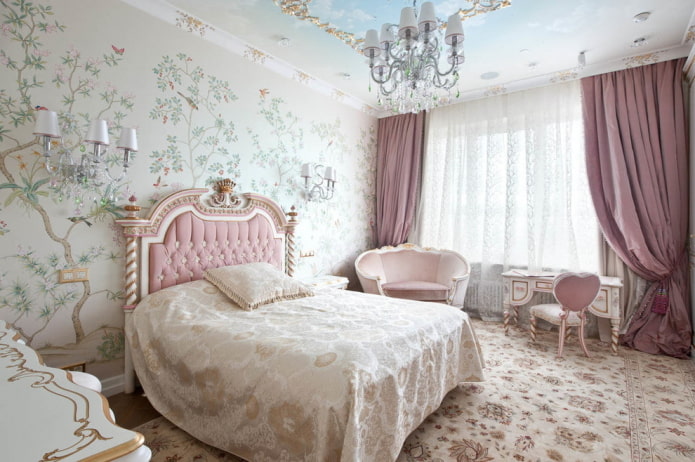

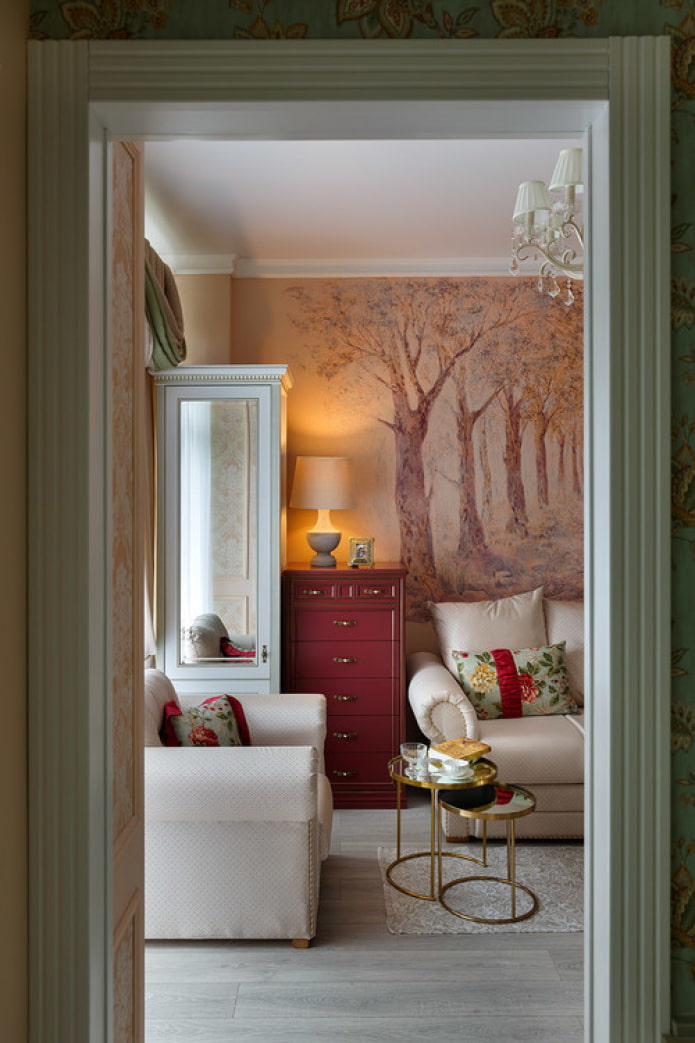
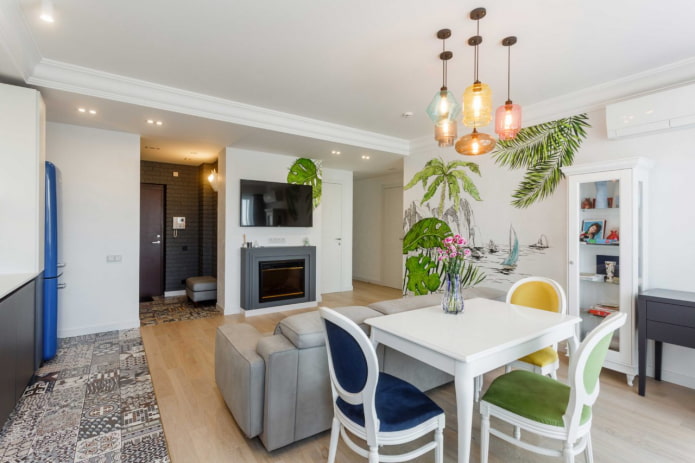

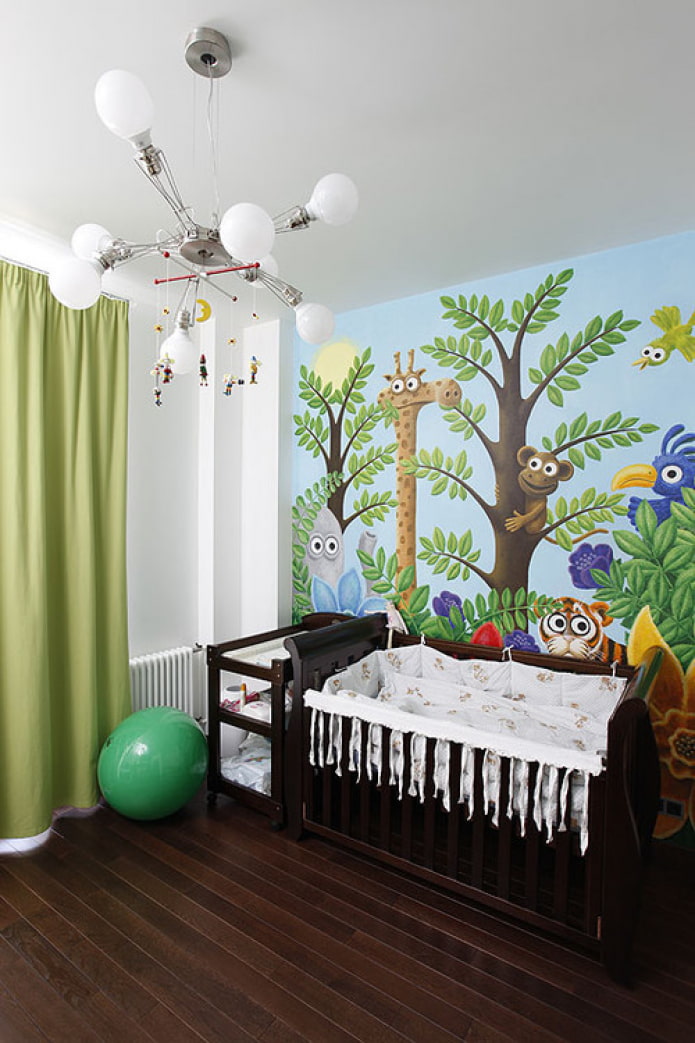
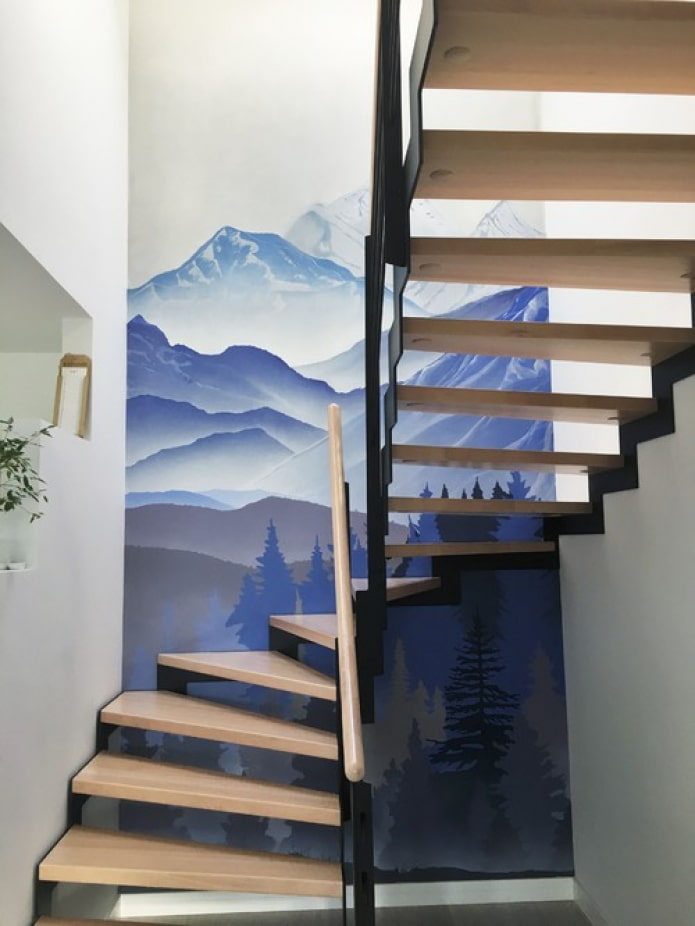

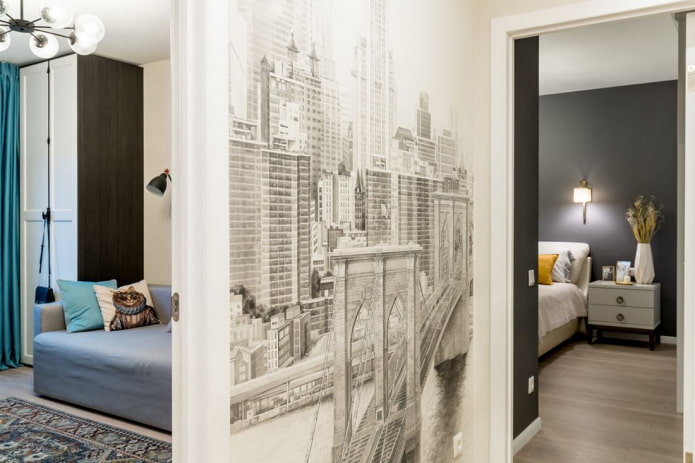
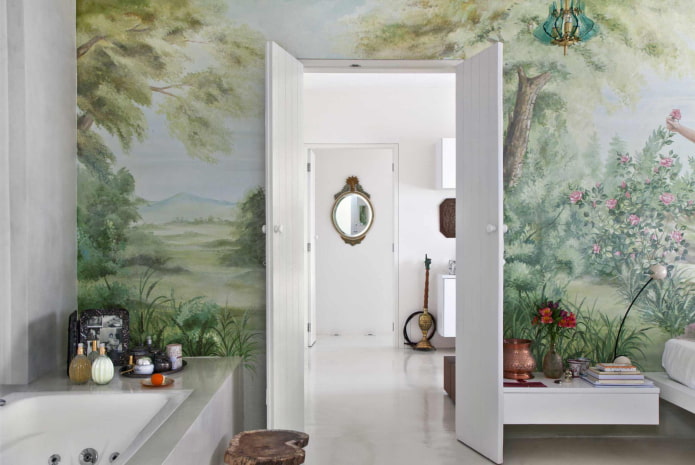

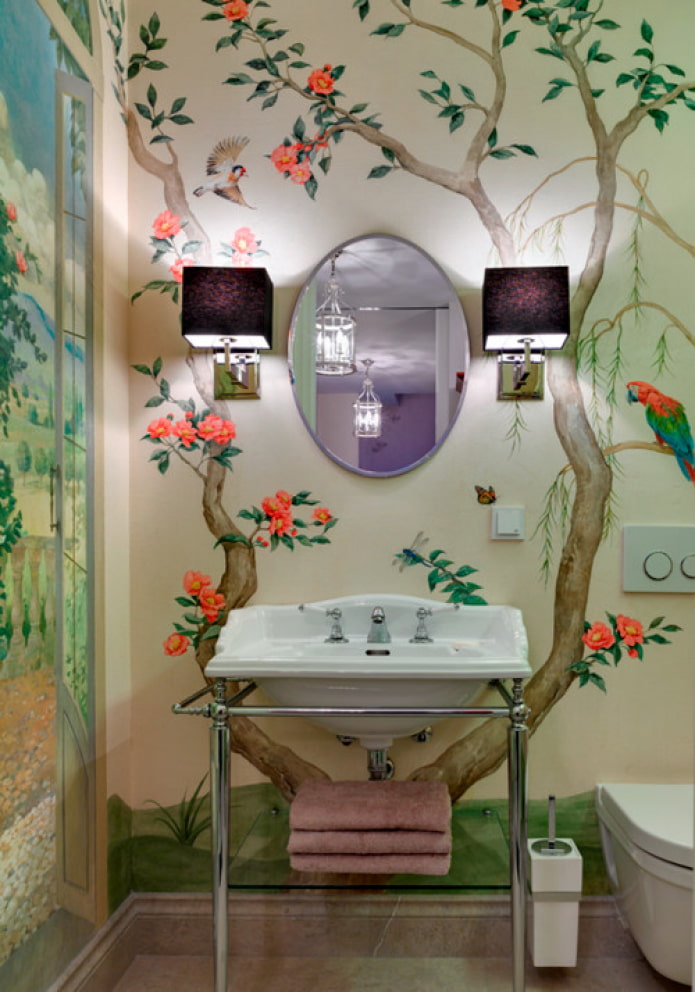

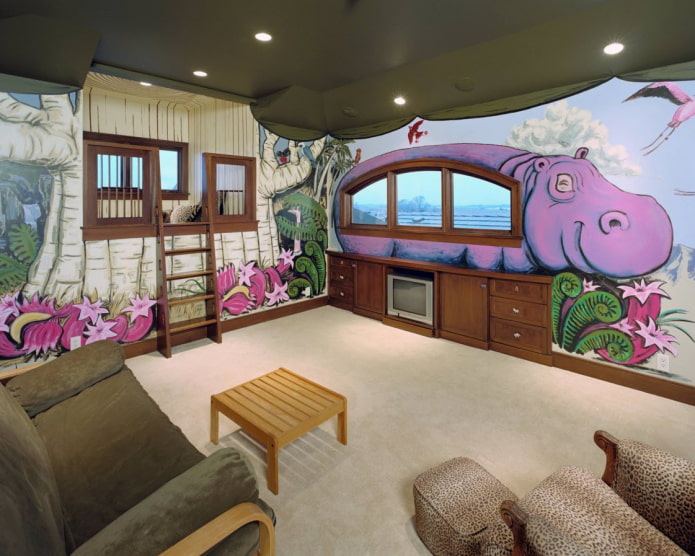
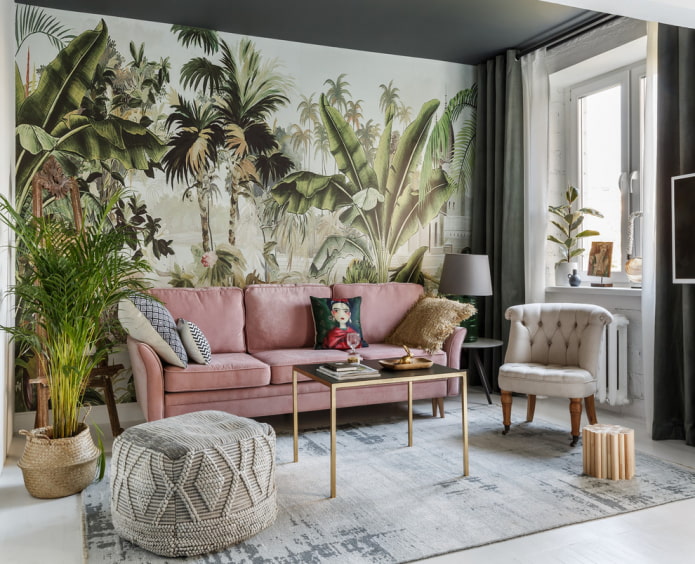
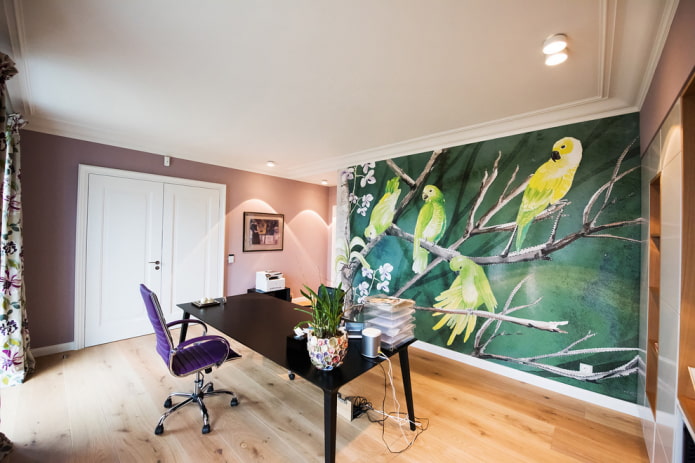
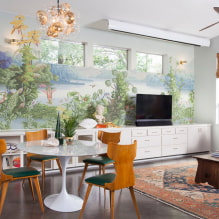
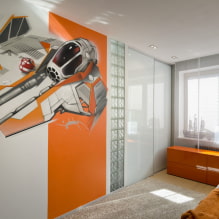
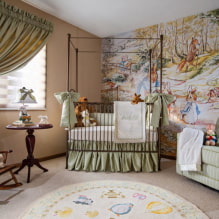

 13 bad habits a good housewife shouldn't have
13 bad habits a good housewife shouldn't have 24/7 home cleanliness - 4 secrets for the perfect housewife
24/7 home cleanliness - 4 secrets for the perfect housewife 6 hotels in Sochi that will give odds to the promoted foreign hotels
6 hotels in Sochi that will give odds to the promoted foreign hotels Top 10 interior design trends 2020
Top 10 interior design trends 2020 Rating of cheap TVs with Smart-TV
Rating of cheap TVs with Smart-TV New Year's LED garlands on AliExpress - we disassemble while it's hot, so that it's bright at home
New Year's LED garlands on AliExpress - we disassemble while it's hot, so that it's bright at home